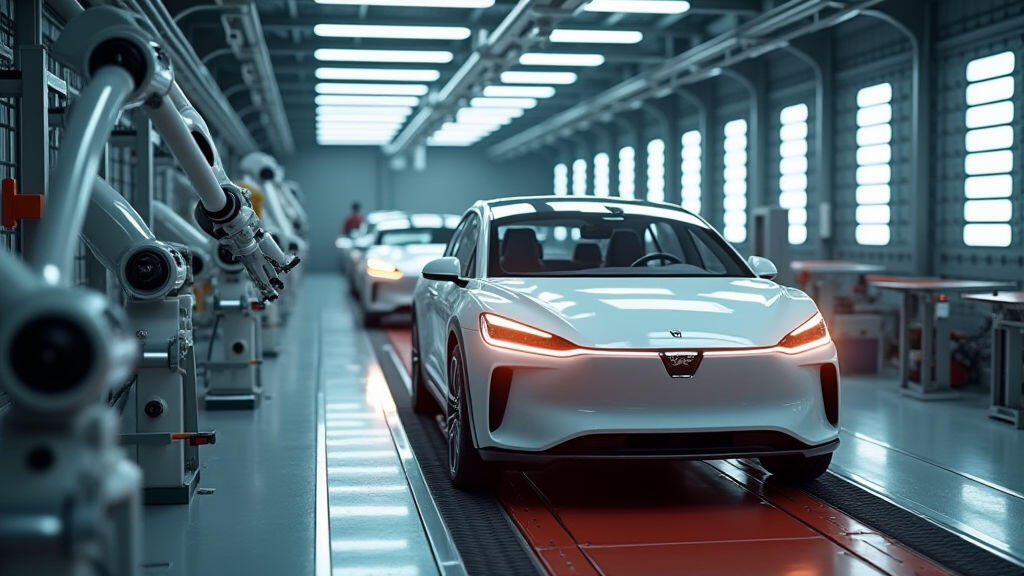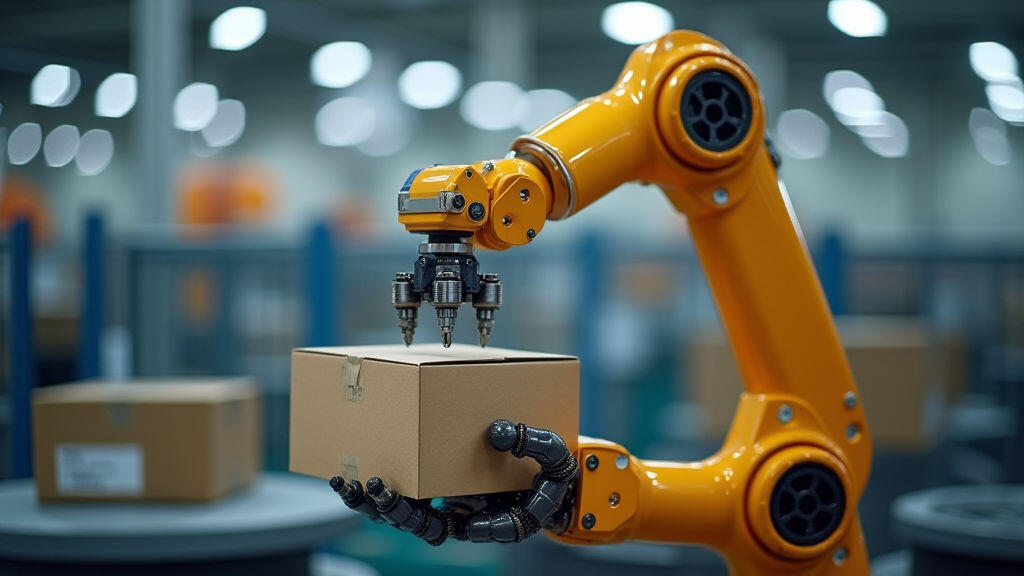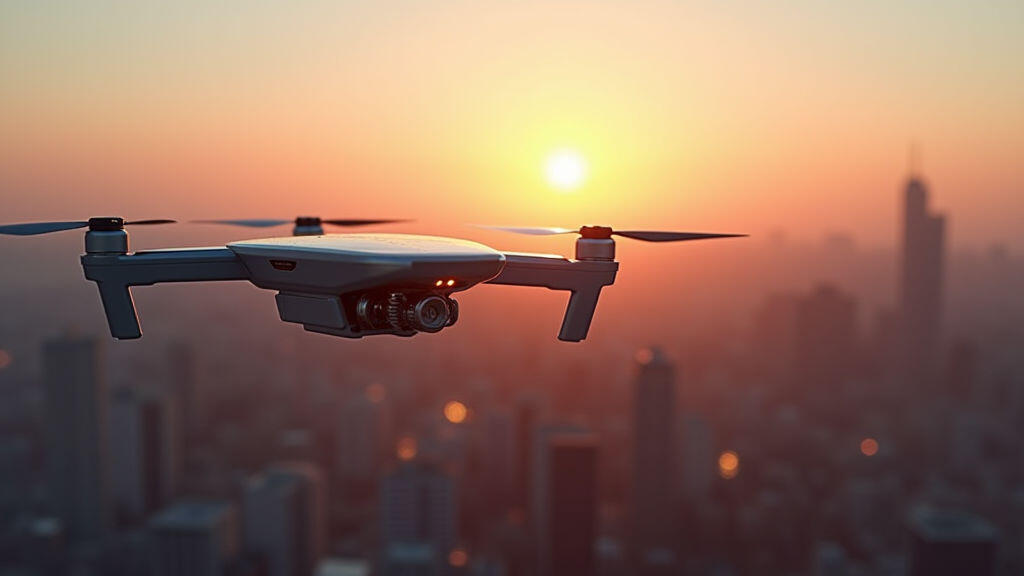
In March 2025, the world watched as Tesla unveiled the latest Generation Y, showcasing a driver‑assist system that could revolutionise last‑mile delivery. The headline? “Tesla’s 2025 Model Y Slashes Delivery Time by 30 %.” Across Europe and China, massive EV adoption announced by governments and corporations alike is reshaping transport and logistics. At the heart of this shift, unseen yet essential, is the humble gear motor – also known as a reducer motor. This article explores why these components have become linchpins of the electric vehicle (EV) boom and how they are influencing other sectors such as autonomous drones, smart factories, and renewable‑energy infrastructure.

The combustion‑engine era spent most energy in achieving adequate torque by manipulating carburetor flow and combustion cycles. With electric motors, the opposite is true: powerful torque is available from the first rotation, but this high torque can be too aggressive for gears, tires, and safety systems. Manufacturers rely on reducer gear motors to step down the high‑speed rotation of the electric motor while increasing torque delivered to the wheels. They provide durability, precision, and energy efficiency – all critical when electric vehicles must balance performance with range.
These benefits translate directly to OEMs’ promises of longer battery life and faster acceleration, which in turn fuel consumer demand. In 2025 alone, the global EV market projected 22 million units, a 50 % increase from two years before. Correspondingly, demand for high‑performance gear motors is expected to see a 35 % rise.
Gear motors are not just about car wheels. Their speed‑torque capability makes them ideal for a variety of electrified applications that rely on precise motion control.
Autonomous delivery drones, a hot trend marked by Amazon’s recent pilots in European cities, require lightweight motors that can feather or change speed quickly. Reducer motors have been integrated into drone thrust units, providing steady lift while conserving battery power. Similarly, the manufacturing sector’s shift toward Industry 4.0 relies heavily on gear motors for robotic arms, conveyors, and smart assembly lines. Their robustness in factory environments – including exposure to dust, vibration, and potential spills – is unmatched by many conventional gearboxes.

Modern gear motors now come equipped with embedded sensors that monitor temperature, vibration, and load. With the help of cloud platforms, manufacturers can analyse data in real time, predicting when a motor might fail. For delivery fleets, this means avoiding costly unscheduled downtime; in factories, downtime translates into lost productivity. The combination of sensor‑rich gear motors and AI analytics is turning what was once a reactive maintenance model into a proactive one.
Adopting regenerative braking systems in EVs relies on the ability of gear motors to safely translate kinetic energy back into the battery. The more efficient the reduction ratio, the more effective the energy recovery. Furthermore, the materials used in gear motors – such as titanium alloys and advanced composites – allow for lighter designs without compromising strength, reducing the vehicle’s overall carbon footprint.
Governments are increasingly rewarding manufacturers who adopt sustainable solutions. For instance, the European Union’s Green Deal includes incentives for high‑efficiency gear motors that meet stricter emissions guidelines. In Asia, China’s “Made in China 2025” initiative prioritises components that can improve the energy density of electric powertrains, highlighting gear motors as a key technology area.
The next frontier for gear motors arguably lies in adaptive reduction mechanisms – devices that can alter their gear ratio on the fly, using lightweight cam‑shafts or magnetic gear systems. Such technology would enable EVs to operate at optimal efficiency across a broader range of speeds, further extending driving range.
Moreover, as robots move beyond factories to roles such as home assistants, warehouse sorting, and even space exploration, the demand for gear motors that can function reliably in extreme conditions will surge. NASA’s upcoming Mars surface missions already list high‑speed, low‑power gear motors as a critical design element for the robotic rovers.

The electric vehicle revolution is more than a fashion statement – it's a re‑engineering of how we move, produce, and entertain. At the core of this transformation, gear motors play an invisible yet indispensable role. From adjusting the torque and speed in cars and trucks to enabling precise movements in drones and factories, they provide the mechanical backbone for modern mobility and automation.
With expectations of a growing EV market, increased adoption of autonomous delivery networks, and the digitization of industrial operations, the demand for high‑efficiency, sensor‑enabled gear motors is set to climb. These components, coupled with ongoing innovations in adaptive reduction and predictive maintenance, promise to keep energy consumption low, performance high, and reliability above all.
In short, if the future of transportation and industry is electric and autonomous, then the next most important distance from the hub is the gear motor – the silent partner that turns power into motion, shape, and sustainability.
Leave A Reply
Your email address will not be published. Required fiels are marked